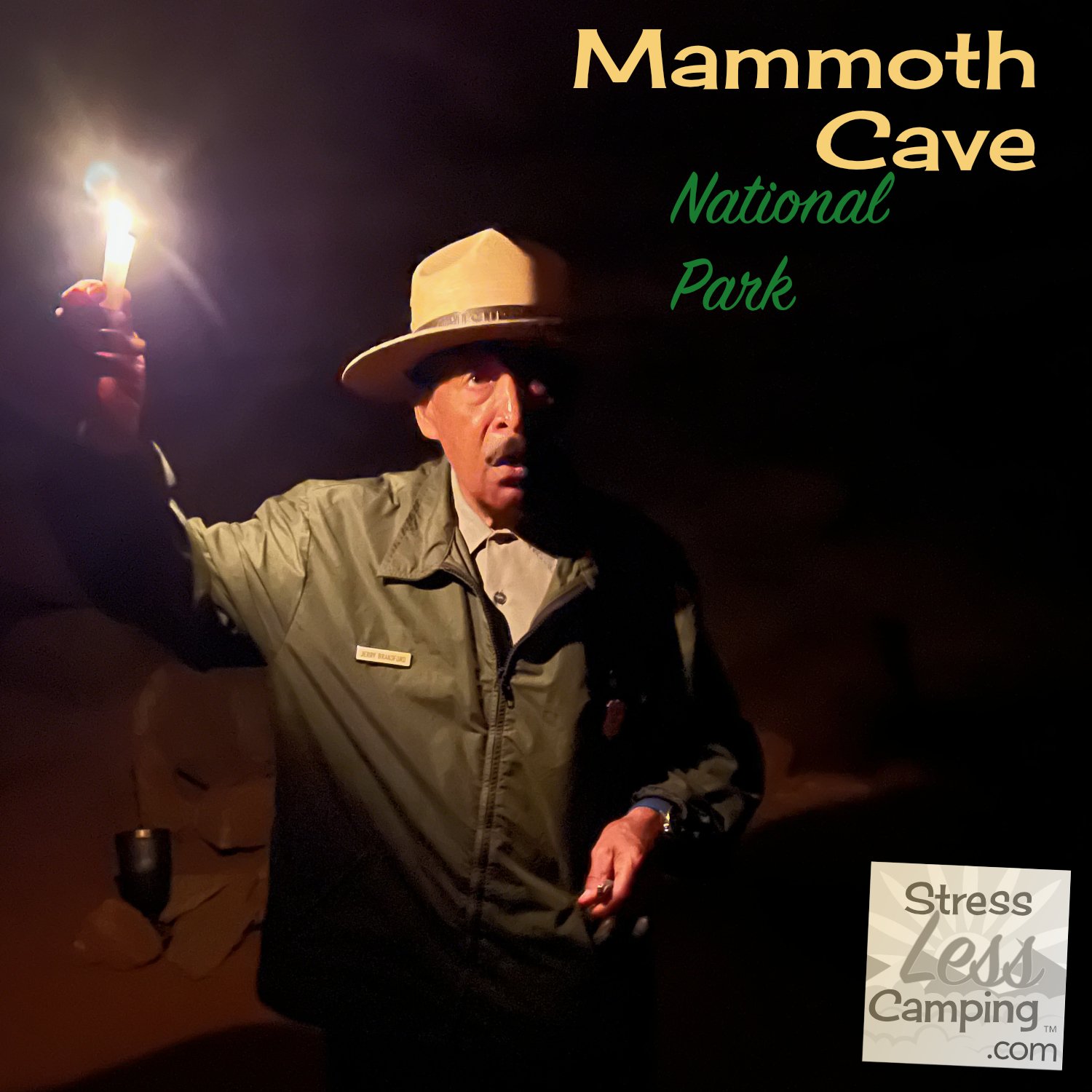Rainbow Basin: California geological treasure trove
Rainbow Basin is located north of Barstow, California and provides a spectacular view of, and access to, the Barstow Syncline.
A lot of geology students in southern California visit this basin to learn basic mapping techniques and practice describing an area’s geologic history. So our recent visit held a bit of nostalgia as well.
The layers of volcanic ash, lakebed, stream, and alluvial deposits in the basin are easily distinguished by color and weathering - the volcanic ash or “tuff” is tough - it weathers more slowly and sticks out of the other layers as easily-noted outcrops. My favorite tuff layer was deposited on drying mud, and as the mud weathers away, the imprint of the desiccation cracks is preserved in the bottom of the tuff deposit.
All sedimentary rock, including that which composes the layers of the syncline, settles on horizontal planes. As one college mate told his bride, “it’s layered like our wedding cake.” At Rainbow Basin, the layers were deposited 18-13 million years ago.
The Barstow Syncline is the result of extensive folding of those existing layers along an axis, with the center moving downward and the outer areas rising by comparison. Hopefully nobody karate-chopped into my friend’s wedding cake to form a syncline model.
If you are going to demonstrate with food, may I suggest a stack of thin pancakes instead. Layer them up, then bend the whole stack in half. You’ve made a model of a syncline!
Side note: when similar folding results in the edges being lower than the center, it’s called an Anticline. Helpful reminder: It looks like an “A.”
Upside-Down Rainbow
Red and green and white and pink layers indicate periods of differing conditions and mineral content of the sediments. Viewed as a whole, the Barstow Syncline is like an upside-down rainbow, giving the basin it’s name.
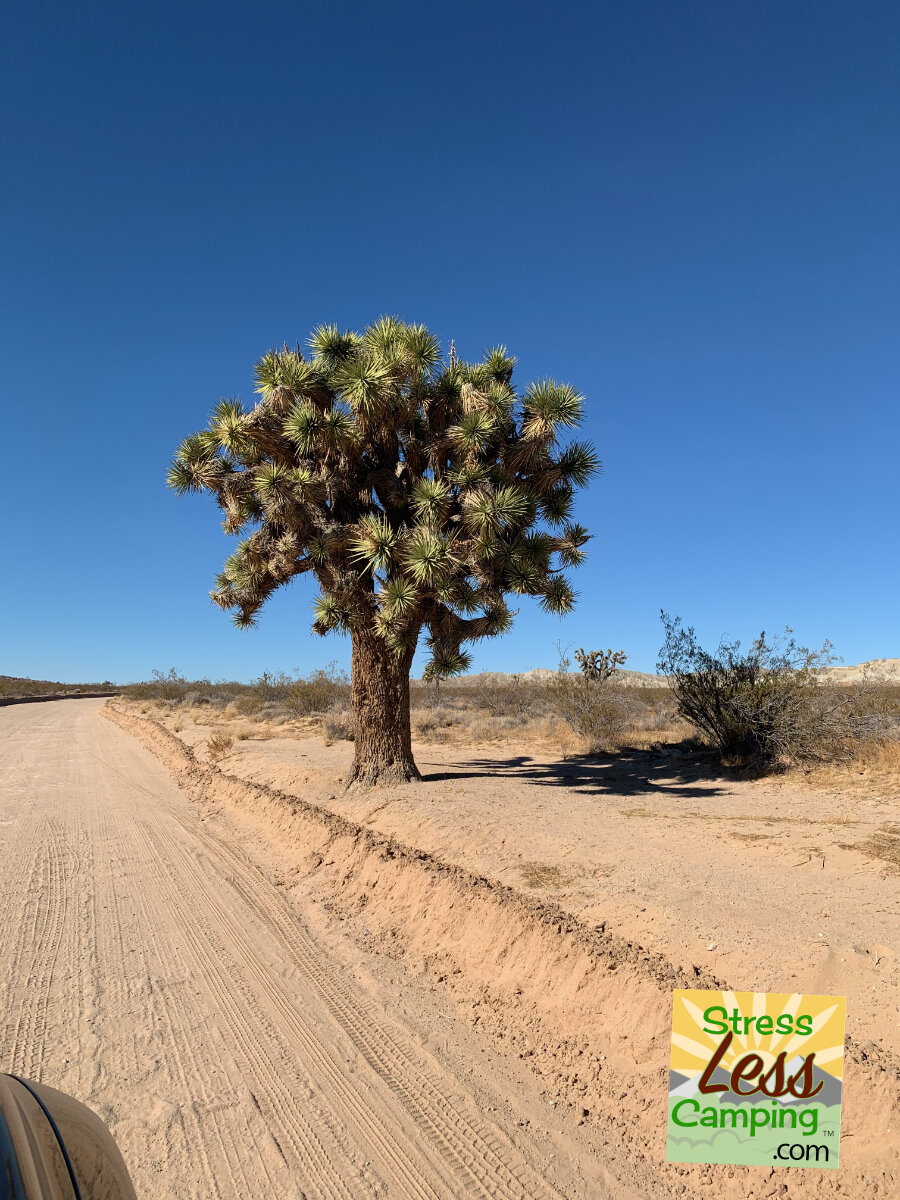
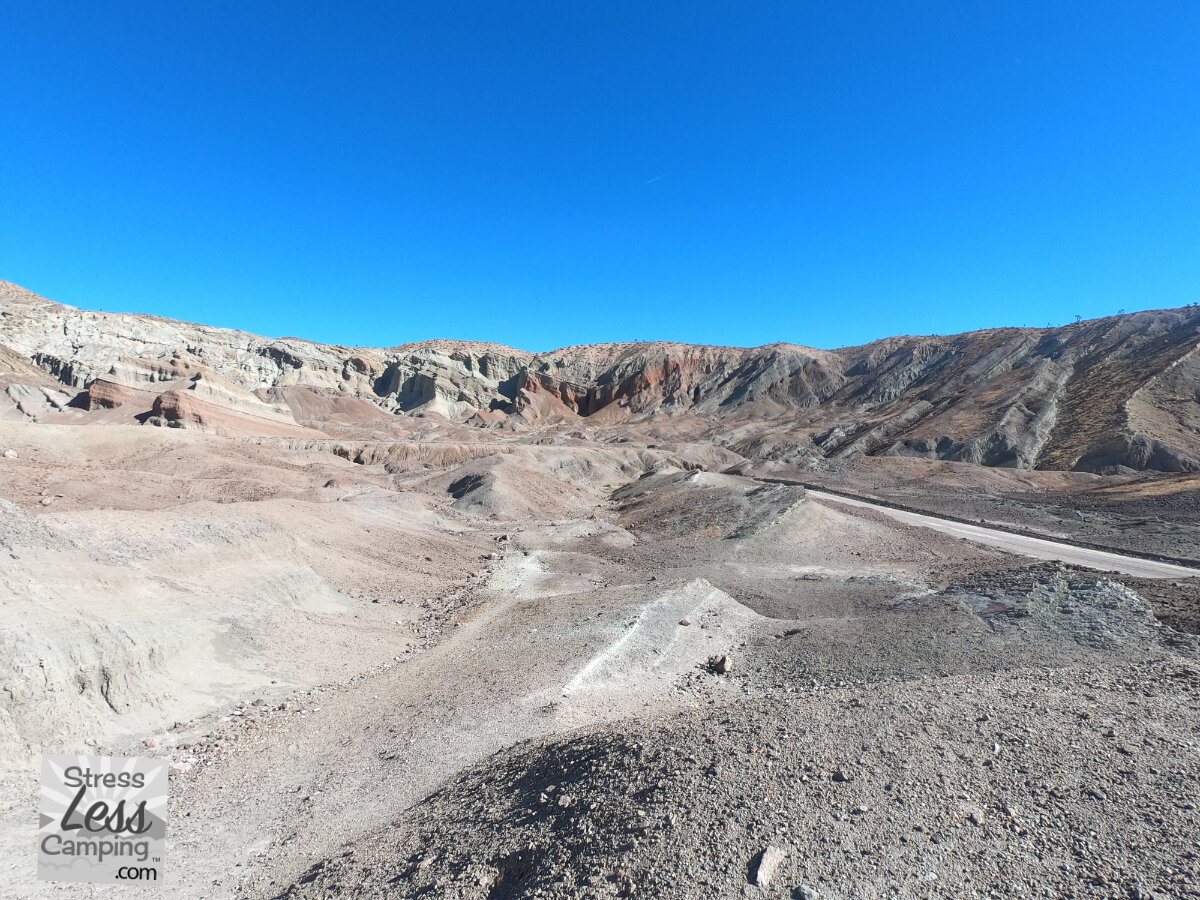
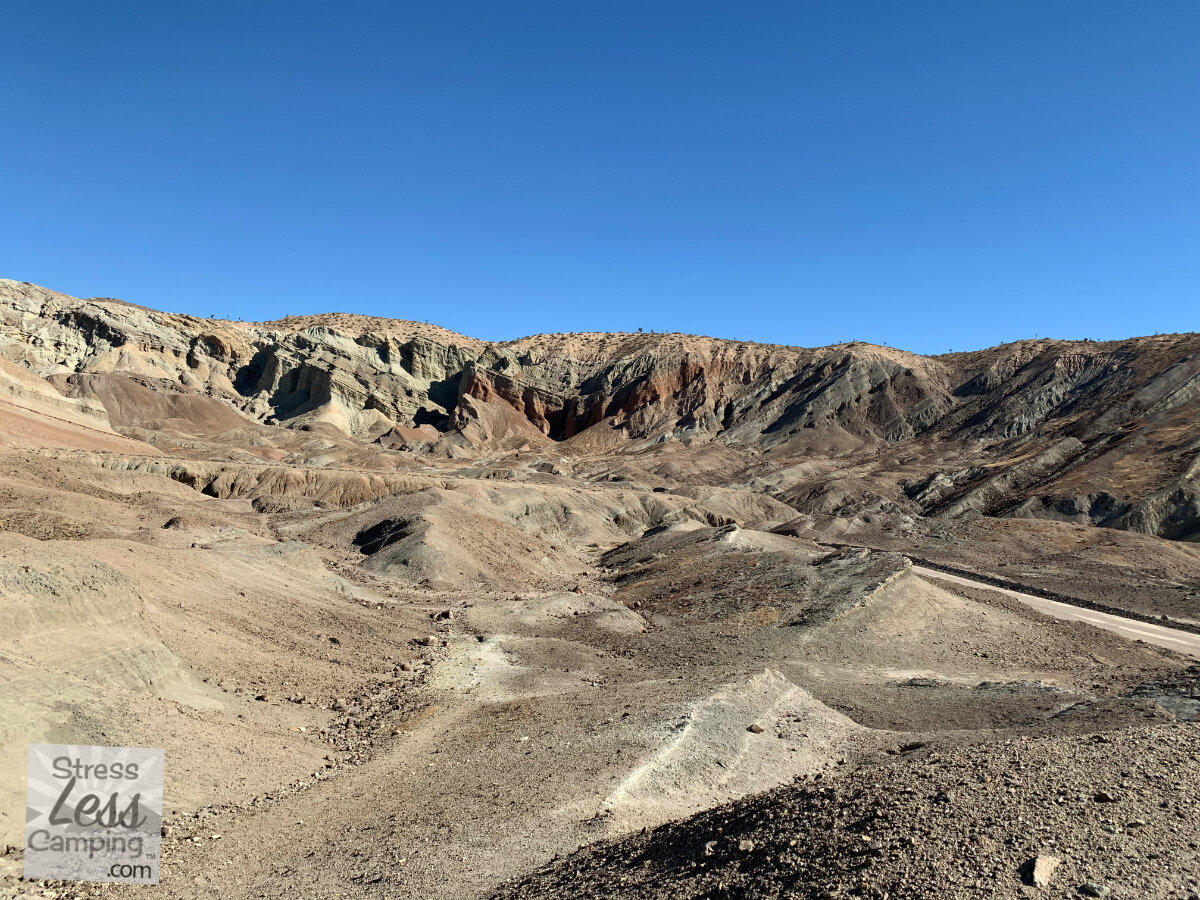
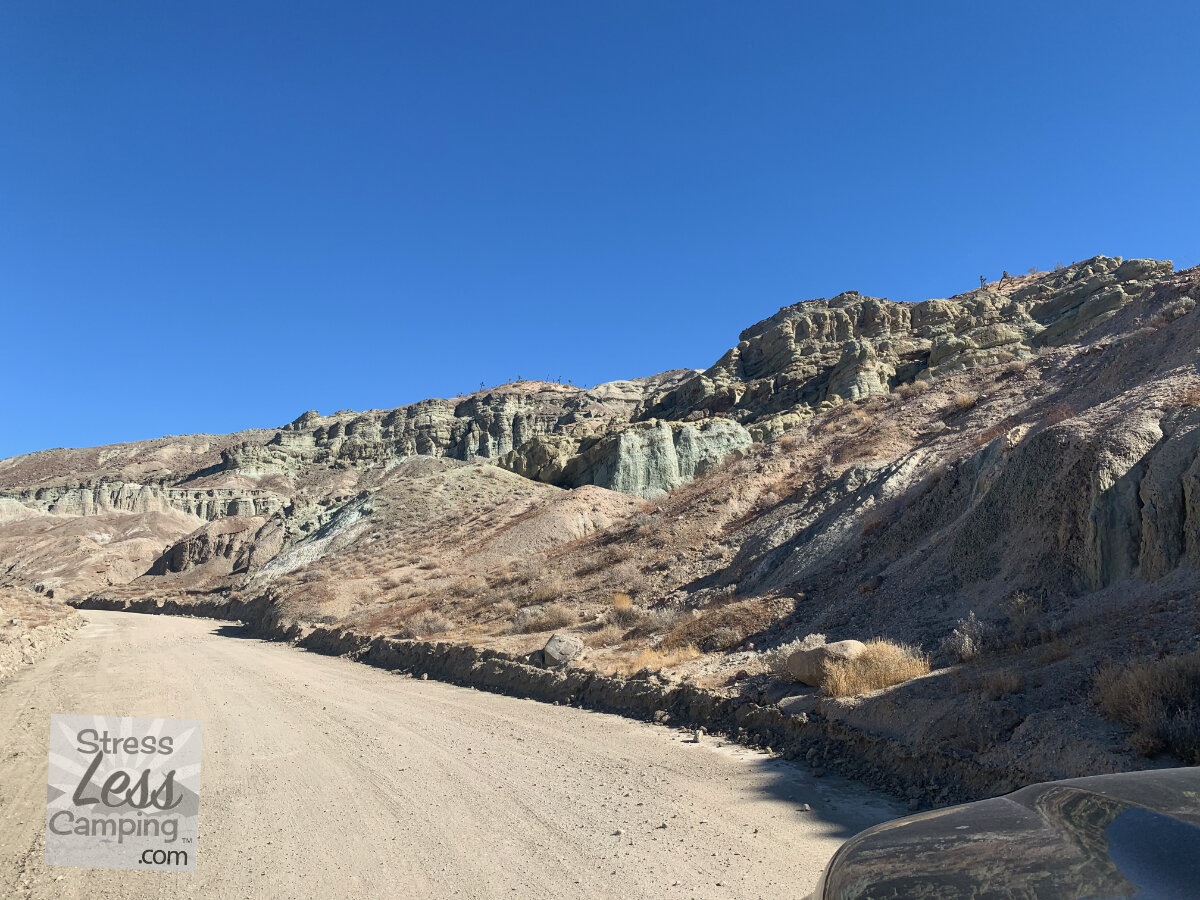
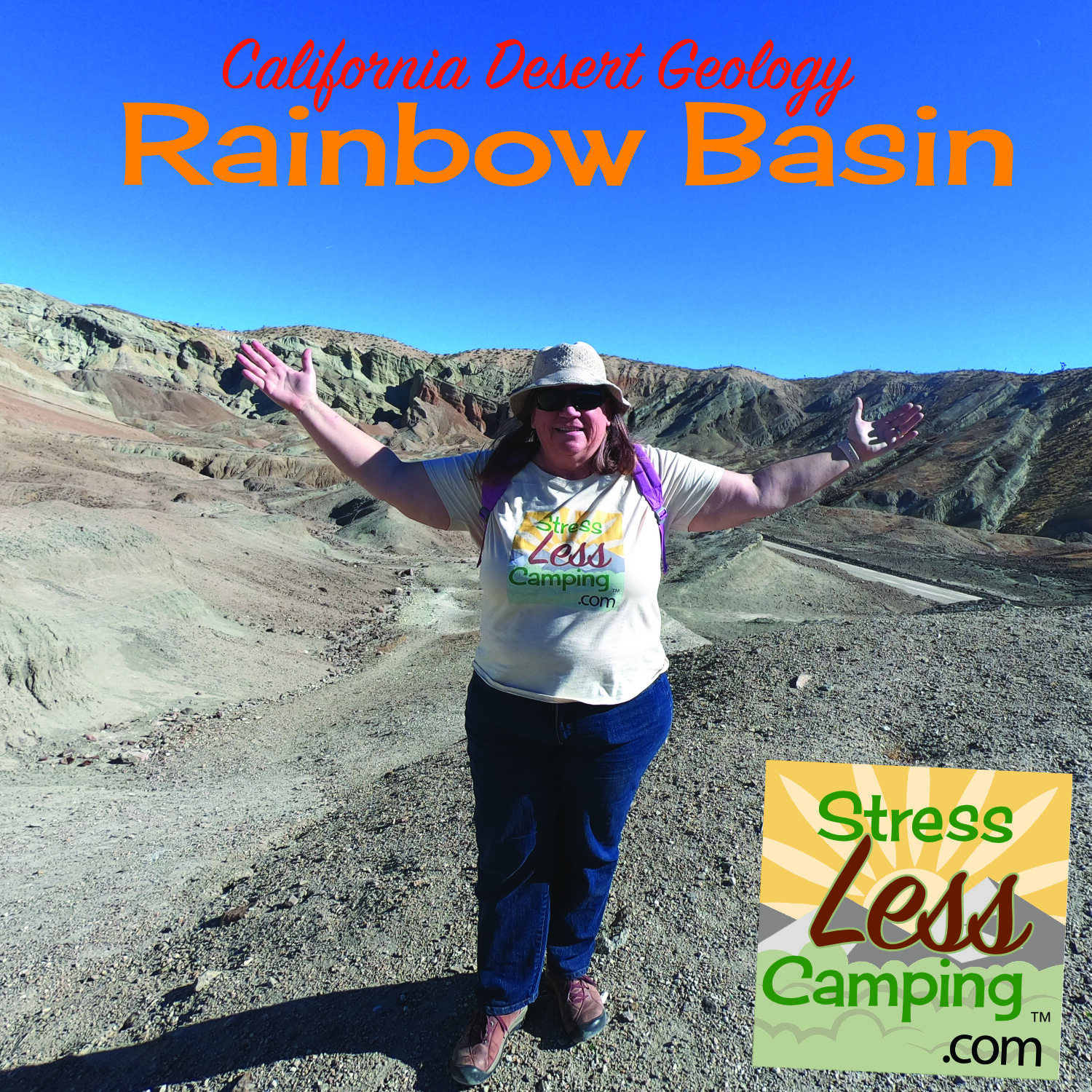
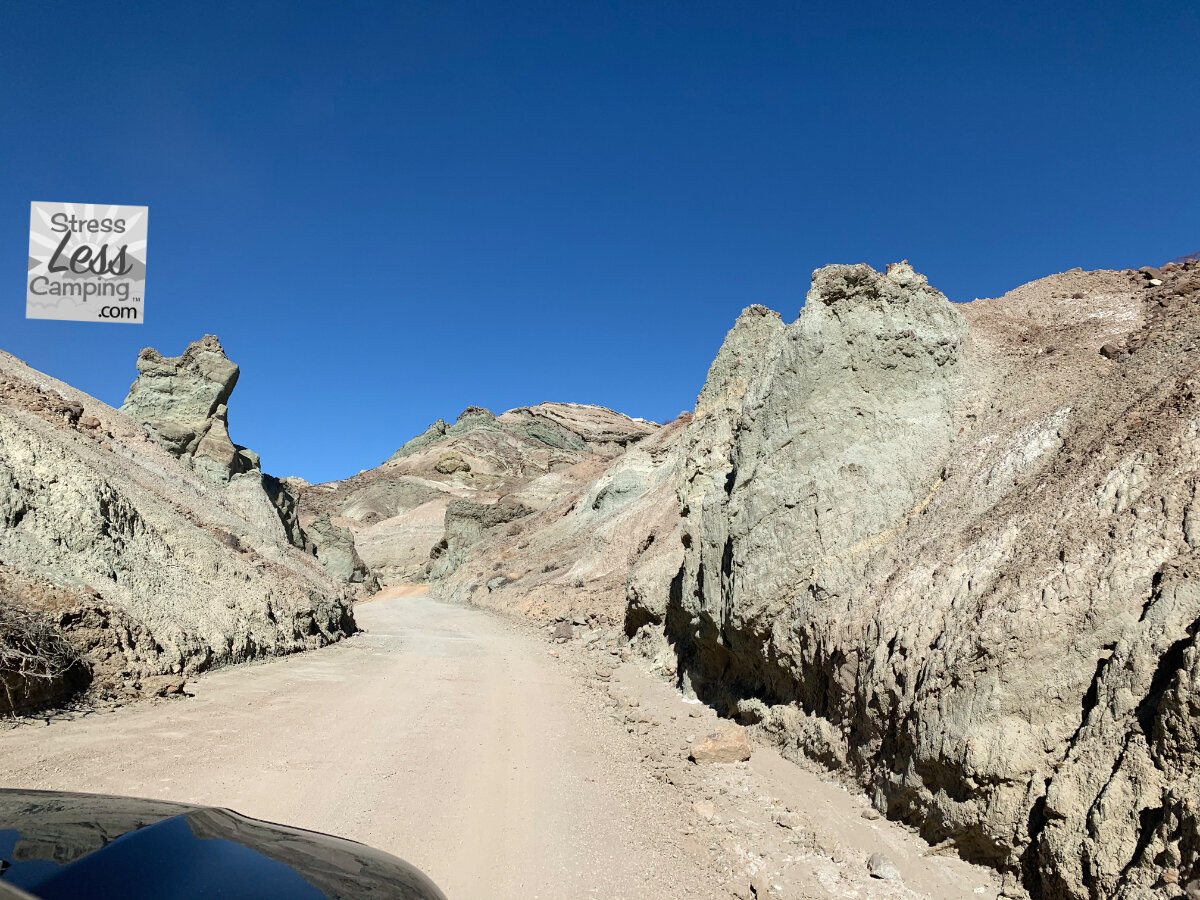
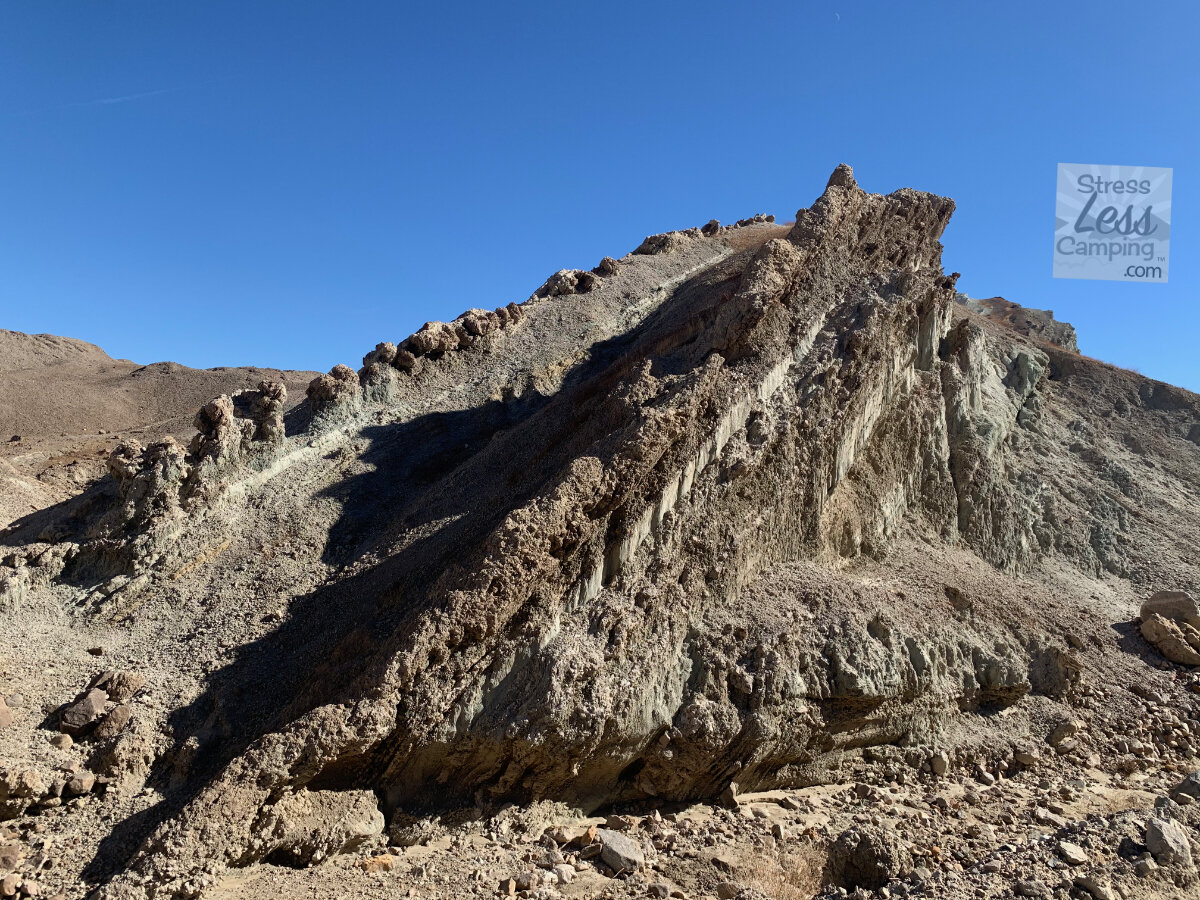
Typical Desert Biology
A lot of water can go rushing through a desert wash. Extensive erosion occurs and is seen as holes and caves in the rock. And although water usually is helpful for plants, most of this water rushes out as quickly as it arrives, with little staying around for the plant life. The Rainbow Basin area is dominated with creosote and sagebrush. In the spring, wildflowers can abound if the water, sunshine, and warmth conditions are just right.
With an elevation of about 3,200 feet, Rainbow Basin is also within the range for Joshua Trees, which are scattered around the area.
Extensive washes throughout the area provide a great habitat for the Mojave Desert Tortoise.
Sometimes biology is surprising. For example, we visited in January and there were a lot of bees buzzing around camp. I think of bees needing to be around flowers, or clover; these guys apparently didn’t get that memo.
The Geology of Biology aka: fossil records
Fossils of horses, camels, mastodons, saber tooth cats and countless insects that once lived in this valley can be found in the layers of rock in the basin.
Camping at Rainbow Basin
Our site at the Owl campground in Rainbow Basin
The Owl Canyon Campground has 22 sites with concrete BBQs, fire pits, and metal awnings covering large picnic tables. There are a few water spigots throughout the grounds; the sites do not have any hookups. A few pit toilet buildings and playgrounds are well-maintained. Camp fees are very minimal; in January 2021 the fee was just $6 per night per site. There is also a group site. The road has a lot of washboard but is accessible by pretty much any RV.
Owl Canyon is accessible from the campground, and is about 3 miles up and back. This is an active wash, so be aware that there are areas that might require some scrambling. And - as any wash in the desert - don’t go in if there is any chance of rain; those washes fill up faster than imaginable in a flash flood.






